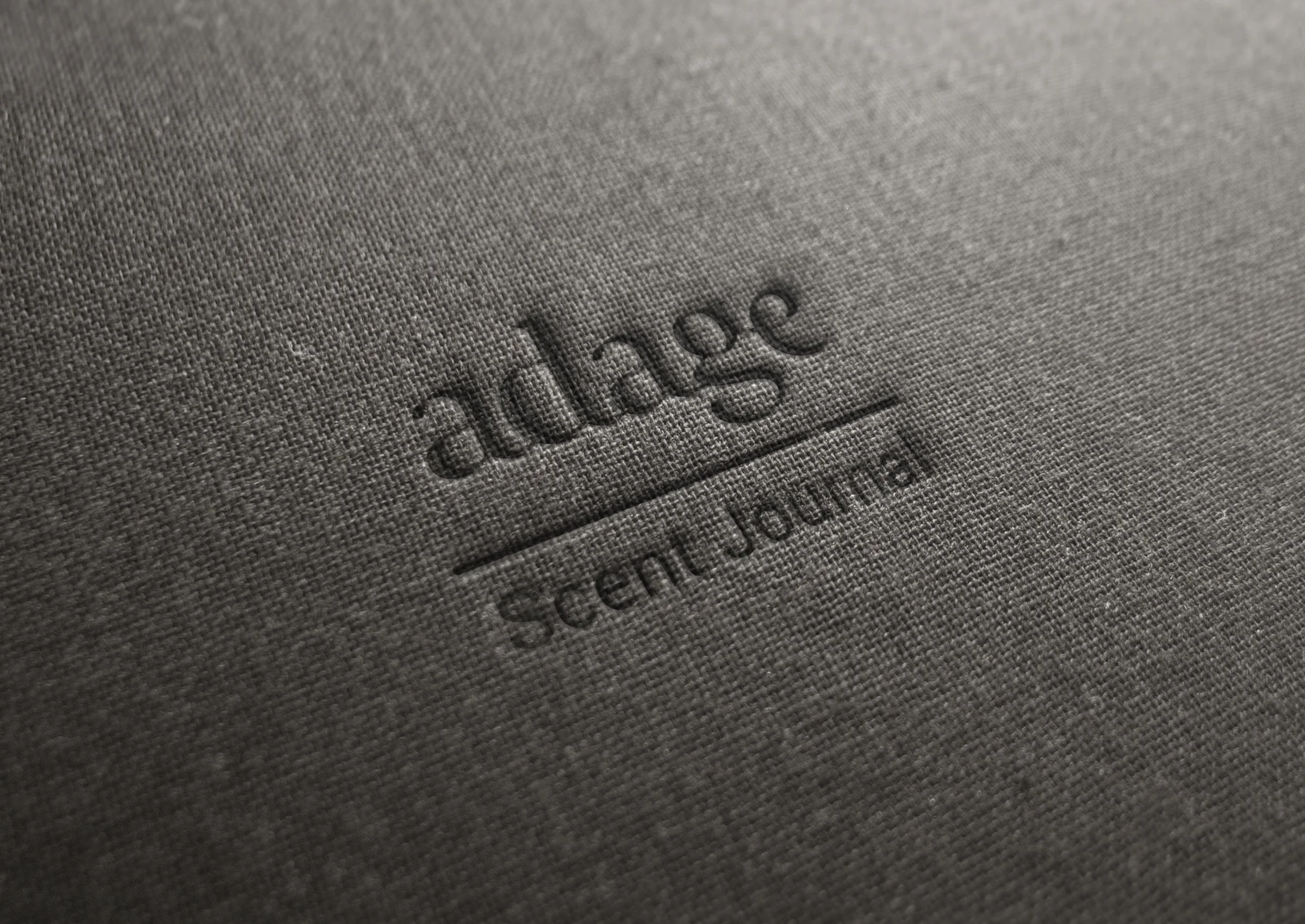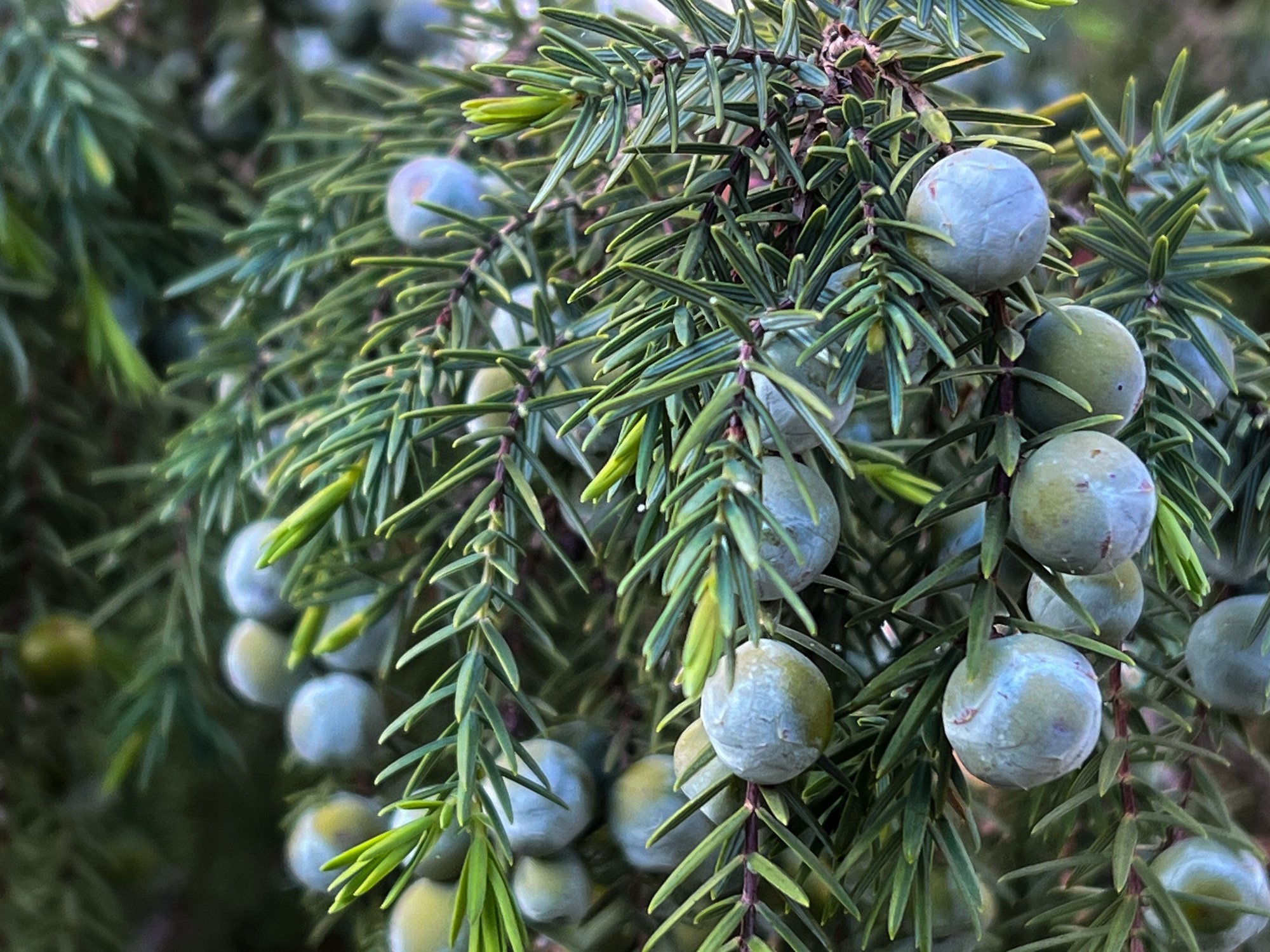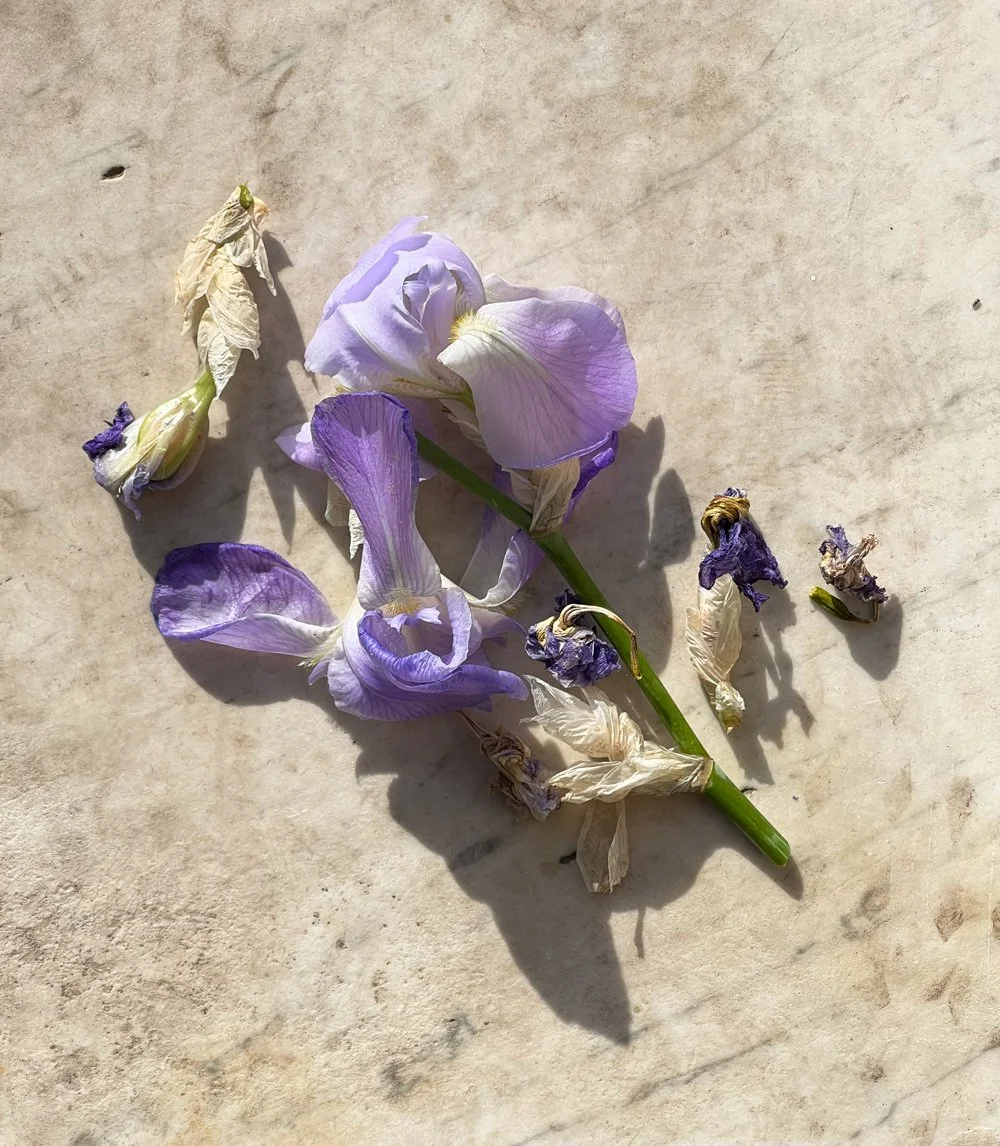Winter season scents. Fresh and clean. A perfect way to describe one of our most loved evergreens, Juniper (Juniperus Communis). This tall shrub produces wonderful essential oils from its needles and branches as well as its cones (aka, “berries”).
Read MoreNespole’s white flower clusters are bewitching. They form the pinnacle of large, pointed, leathery leaves. The underside of which have a red-brown fuzz that makes the leaves look dusty. The flowers’ spicy (nutmeg, clove, allspice) scent has a complementary sweet, heady, carnal facet. It’s part of the rose family so maybe it’s the indole that adds an animalic quality and subconsciously seductive?
Read MoreFlowering ivy (hedera helix) reawakens our nose with its sweet scent. The common ivy plants that we walk by without noticing (or appreciating) fill the air with an intoxicating fragrance. Honey! Rich, velvety honey like something you’d expect to find from a more showy flower in the early summer. Creeping on the shoulders of its hosts, the quiet, pervasive ivy is all around you.
Read MoreFig is one of the most popular scents in perfumery although are always an interpretation of what fig smells like since there is no fig essential oil to use in its pure form. It’s a glorious scent with a rich history that we couldn’t help but create our own interpretation of. For us, the Roman mythology and Italian culture became an equal to the powerful notes of the leaves and fruit…
Read MoreAmong the many wild brush in the salt-air licked hills of Tuscany is this wonderfully fragrant one: Artemisia Maritima. It is a native species of wormwood, also known as sea wormwood. Although the name isn’t very flattering the fragrance is a multi-faceted treat.
Read MoreWelcome to Summer: Genista. From spring to early summer these flamboyant shrubs paint the Mediterranean hillsides in swaths of bright yellow color and perfume the air with intense honey and vanilla notes like scented wands.
Read MoreThe appreciation of this plant, in all its parts, is not news. Since ancient times myrtle has been used, especially the leaves and fruit, for everything in the kitchen from seasoning meats and wrapping fresh mozzarella, to making liquors and for natural botanical remedies to treat respiratory ailments or skin treatments. But let’s talk about the scent.
Read MoreTaking a little break from the long list of florals that are making our heads swirl to give the proper call out to one of the fragrance industry’s biggest players: Lemon leaves. Yes, just the leaves for now because they tell an important part of the scent story.
Read MoreFor some flowers you need to really concentrate and breathe up into the top of your nasal passage to get the full effect. Not these. Intense musky notes with an earthy talc and seductive layer of pollen sweetness fill your nose without much effort at all. Iris. Glorious Iris.
Read MoreVisit the Tuscan coast in early spring and you may come upon a covering of these wild cyclamen (Cyclamen hederiflium) dotting the forest floor of the pineta (pine forest). An unexpected burst of penetrating aldehydic floral notes (green, metallic, and talcy) gives the sense of the most wonderful fresh linens.
Read More










